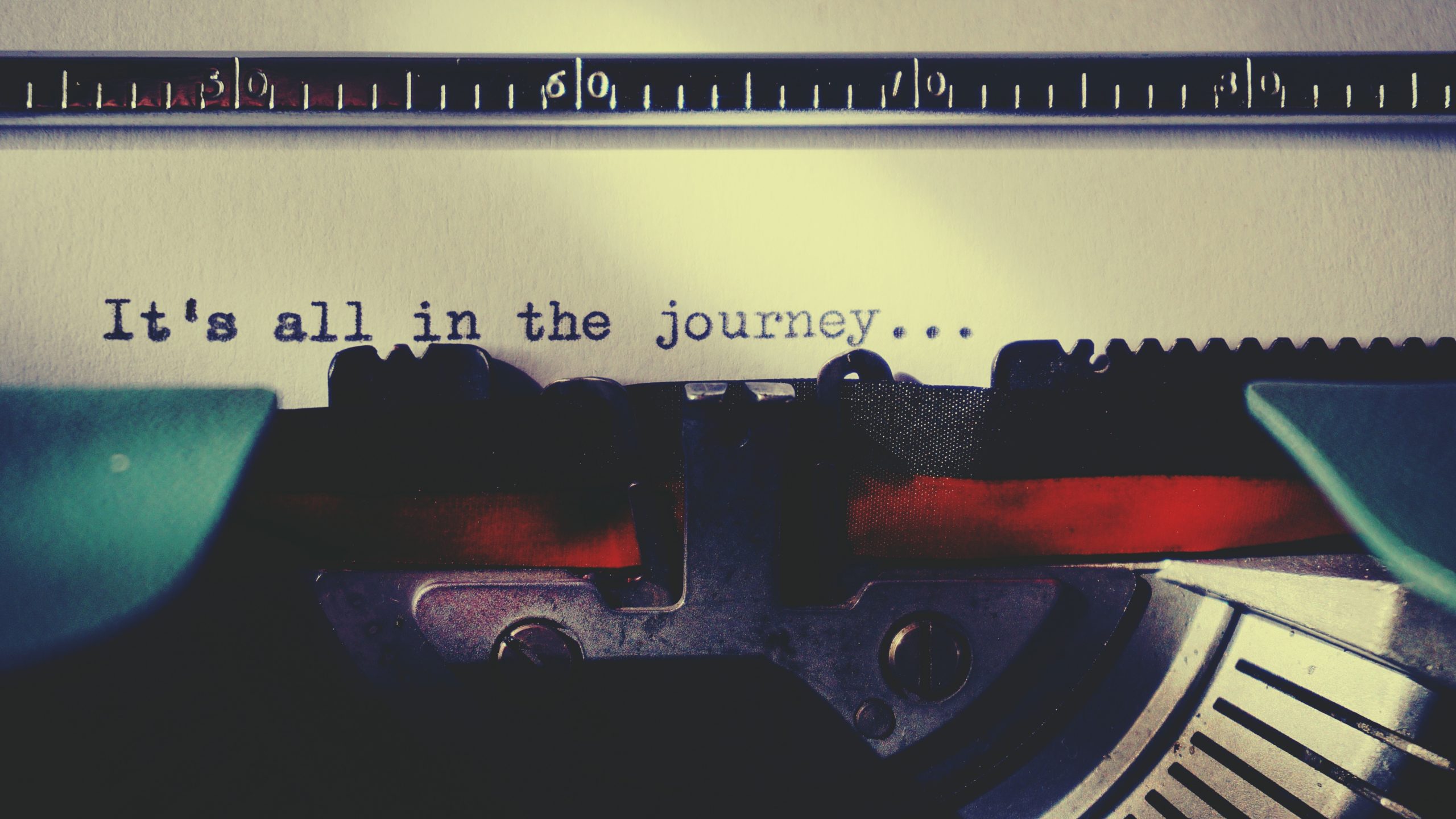Last week, we went over dialogue tags and action beats. This week we’re going to talk formatting and the do’s and don’ts when it comes to dialogue! So let’s get started.
Dialogue Do’s
- Do make sure your dialogue is paragraphed properly. Each time the speaker changes, the dialogue of the new speaker starts a new paragraph. Ie:
“I don’t know why you’re being so stubborn, Damien.” Lucy crossed her arms.
“Because I can be? Seeing you upset is too much fun to pass up.”
- Do use proper punctuation for dialogue tags vs action beats. Ie:
Dialogue tags:
“What do you mean she isn’t here? She promised,” Evan muttered.
or
“I thought you were going on vacation. You,” Jane said, “have a serious issue with sticking to your plans.”
Action beats:
“I don’t understand. You’re leaving?” Maria toyed with the hem of her t-shirt. “Why?”
or
“What’s the problem? You didn’t object before.” Carson leaned against the car door.
The key is that dialogue tags use commas to end the last sentence of dialogue before the tag while action beats use periods.
- Do make sure to use action beats and dialogue tags only as needed. They’re not for propping up weak dialogue. For further discussion of this, read my post on Dialogue Tags vs Action Beats.
- Do make it sound as natural as possible. You want it to mimic how people speak in real life without including redundant or pointless information. The occasional uh or um is fine, but the key is not to overdo it. We’re simulating real life, not copying it word-for-word.
- Do read it out loud! This is the quickest way to catch stiff or otherwise bad dialogue. Your mind might not catch it, but your ear most likely will.
- Do realize that dialogue tells us a lot about the character. Make good use of this as a technique to characterize your various characters and differentiate between them.
Dialogue Don’ts
- Don’t overdo it with the action beats or dialogue tags. It will make your strong dialogue look weak and the piece overall look like an amateur wrote it.
- Don’t use it as a way to tell the reader everything. If you can show it in a scene, do so. Only tell things through dialogue when it’s essential to do so.
- Don’t have every character speak in the same way. We should be able to differentiate between at least the main characters by the way they talk and act.
- Don’t use single quotation marks for dialogue. As a general rule of thumb, double quotes are the appropriate way to denote something as dialogue.
- Don’t italicize or bold individual words in the dialogue for emphasis unless it’s absolutely necessary. And it almost never is because you can usually find a way to word things that will make it clear what is important to the character speaking without the use of italics or bold words.
- Don’t have dialogue that stretches over a page in length. As a general rule, readers will lose interest if a character is on a monologue for that long. Besides, pages of dialogue from one character or even a few usually indicates an imbalance in the writing and telling instead of showing, neither of which are good.
- Don’t write it exactly how you or someone else would talk. The goal is to write something that sounds like it could’ve been said by a real person without all the extra fluff that often occurs in real, everyday dialogue. Basically, cut all the boring stuff and get straight to the good stuff.
- Don’t use semi-colons or colons in dialogue. Just don’t. Dashes or commas work fine. Periods too. But not semi-colons or colons.
Conclusion
These should be enough to get you started on dialogue. There are more advanced concepts that I may discuss later on at some point, but if you follow the rules of thumb given above, you should be alright. Above all, writing good dialogue takes practice. It’s not easy, but it is worth investing your time into. So just spend time listening to how people talk and then translate that into dialogue snippets just to practice.
Have a question I didn’t answer? Feel free to leave it in the comments for me. I’ll do my best to help out!

